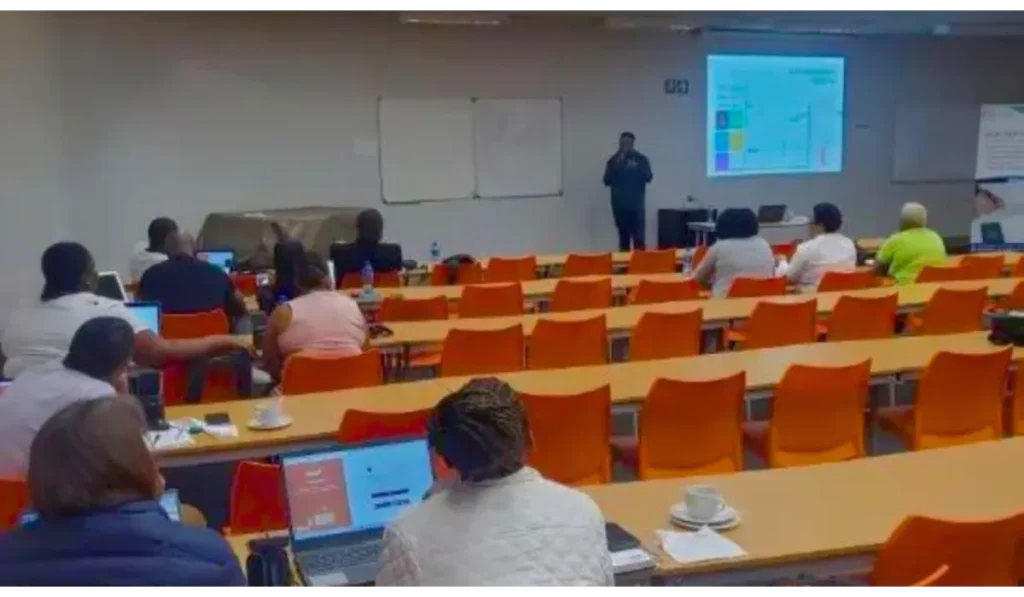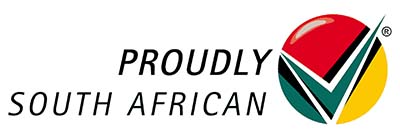Valuation, Reporting, and Management Challenges
Today, we’re diving into the intriguing world of public sector assets.
You might wonder, what exactly are public sector assets, and why should we care? Well, buckle up because we’re about to explore all that and more.
Public sector assets are the tangible and intangible resources owned by governments and public organizations.
Think of everything from roads and bridges to patents and trademarks.
These assets play a crucial role in the functioning of societies, providing essential services and supporting economic development.
Valuation of Public Sector Assets
Now, let’s talk about valuation. How do you put a price tag on something as diverse as public sector assets? There are several methods in our arsenal:
- Market Value Approach: This method looks at what similar assets are selling for in the market. It’s like checking out real estate listings to gauge the value of your own property.
- Cost Approach: Here, we calculate the value of assets based on how much it would cost to replace or reproduce them. It’s like figuring out the cost of building a new road or a government building from scratch.
- Income Approach: This one’s all about the potential income generated by the asset over its lifespan. For example, how much toll revenue can we expect from a highway over the next 20 years?
But valuing public sector assets comes with its own set of challenges.
Take infrastructure assets, for instance. Roads, bridges, and utilities often have complex life cycles and maintenance needs that can be tricky to quantify.
Reporting Requirements for Public Sector Assets
Valuation of public sector assets is distinct from valuing assets in the private sector due to the unique nature of public goods and the purposes for which the valuation is conducted. Here’s a deeper dive into this aspect:
Approaches to Public Sector Asset Valuation:
- Market Value: Similar to private assets, this approach estimates the price a willing buyer would pay to a willing seller in an arm’s length transaction. This might be suitable for valuing assets with a readily available market, like vacant buildings.
- Depreciated Replacement Cost: This method considers the current cost to replace the asset with a similar one, minus depreciation for wear and tear and obsolescence. It’s useful when there’s no active market for the asset, such as a specialized bridge.
- Income Approach: This method estimates the future income an asset will generate and discounts it to its present value. This can be relevant for assets like toll roads or rental properties.
- Social Value Approach: Public assets often hold value beyond their market price. Parks, for example, provide environmental and recreational benefits. This approach attempts to capture those broader social values.
Management Challenges of Public Sector Assets
Managing public sector assets is no walk in the park either. Maintenance, utilization, and risk management are just a few of the hurdles that asset managers face.
- Maintenance and Upkeep: Keeping assets in tip-top shape requires ongoing investment and attention. From filling potholes to upgrading outdated infrastructure, there’s always something to do.
- Asset Utilization: Are we making the most of our assets? That’s the million-dollar question. Optimizing asset utilization means ensuring that resources are being used efficiently and effectively to meet the needs of society.
- Risk Management: Ah, yes, the dreaded R-word. Political instability, economic downturns, and environmental disasters are just a few of the risks that can impact public sector assets. Managing these risks requires careful planning and contingency measures.
Strategies for Improving Public Sector Asset Management
- Enhanced Reporting and Transparency: By adopting robust reporting practices and embracing transparency, South Africa can build trust and confidence in its public sector institutions.
- Infrastructure Investment Initiatives: Investing in infrastructure projects can stimulate economic growth and improve quality of life for citizens. From building new schools to upgrading public transportation systems, there’s no shortage of opportunities for progress.
- Capacity Building and Training: Equipping asset managers with the skills and knowledge they need to succeed is essential for long-term success.
Conclusion
Phew, that was quite the journey! We’ve covered everything from valuation methods to management challenges, with a special focus on the unique context of South Africa.
As we wrap up, let’s remember that public sector assets are more than just numbers on a balance sheet—they’re the foundation of our societies and the key to building a brighter future for all.





